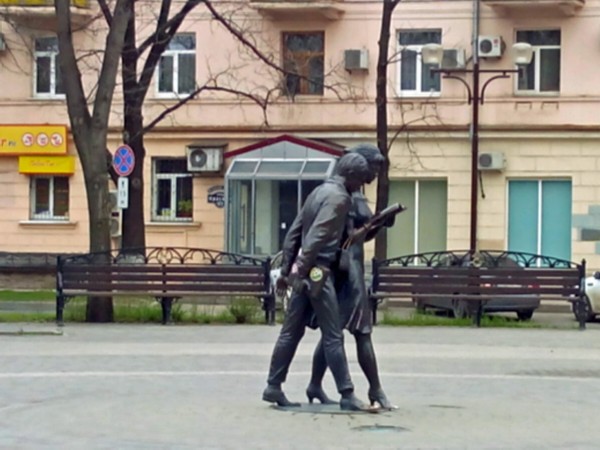Three Graces monuments and sculptural compositions
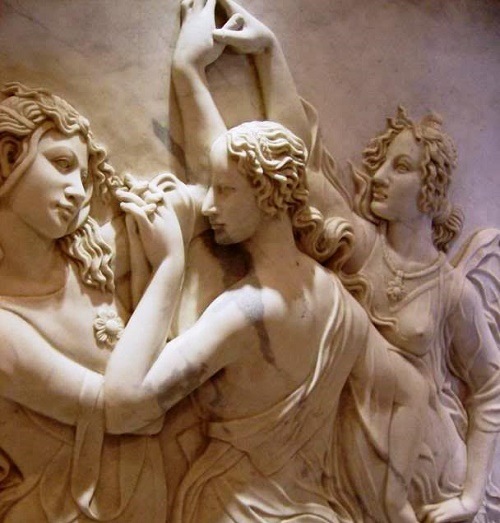
Three Graces monuments and sculptural compositions
Many masterpieces of sculpture live throughout the centuries, and sometimes even millennia have enjoyed constant success. Their attraction, thanks to beauty and inner meaning, remains unchanged at all times and for all peoples. As a rule, these masterpieces survive to our time through replicas created often after the lapse of centuries after the emergence of the original idea and its implementation. The same as it’s impossible to count the diamonds in stone caves, one can’t count how many monuments and sculptural compositions on the plot of “Three Gracia” exist all over the world.
How did the theme of the Three Graces appeared in the world? It originates from ancient Greek mythology. The Charites, as goddesses of grace, charms and beauty, were inspiration muses, close to art. In Roman mythology they were called graces (Latin gratia – “charm, grace, attraction, gratitude”). In ancient Rome, the graces are the wonderful companions of Venus and Aphrodite. They give mortals gaiety, dexterity, a pleasant disposition of the spirit, as well as generosity and prudence. Their attributes are a rose, a myrtle or an apple.

Like the Charites, Roman graces are similar to each other, like sisters. Ancient Greek poet Hesiod in the poem “Theogony” named their names: Aglaya (“Shining”), Efrosina (“Rejoicing”) and Talia (“Blossoming”). Aglaya symbolized chastity, Efrosina – body beauty, Thalia was the embodiment of love. According to the ancient tradition, three graces were depicted as follows: Aglaya and Talia – on the sides, facing the viewer, Efrosina – in the center, with her back. The Roman philosopher Seneca interpreted the symbolic meaning of the three graces differently: “the provision of good deeds, the reception of good deeds and the payment of good deeds.”
In the Renaissance, the Florentine humanists gave this triad a new meaning. According to the interpretation of Poliziano, the court poet Lorenzo de ‘Medici, grace embodies Chastity, Beauty and Love. By the way, poems by Poliziano inspired Sandro Botticelli, when he worked on the picture “Allegory of Spring.”
Three Graces monuments and sculptural compositions

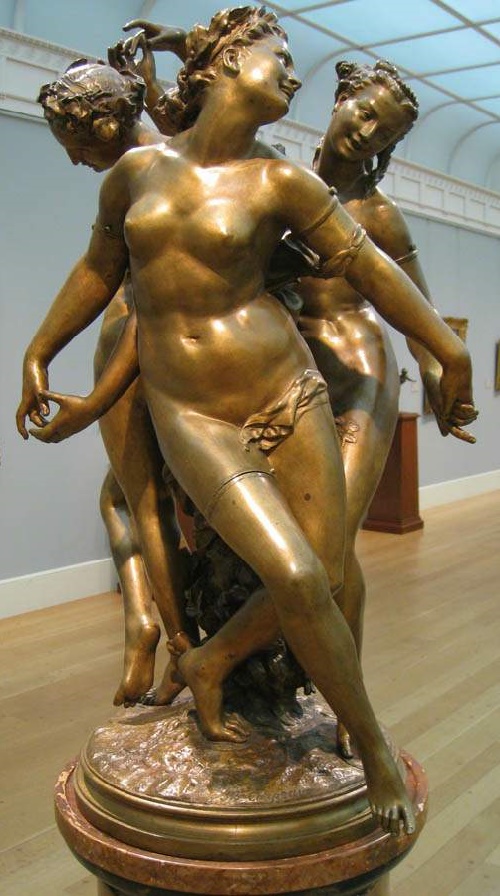





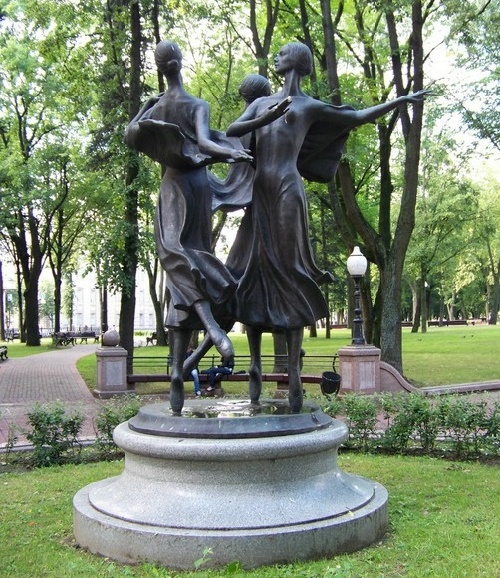

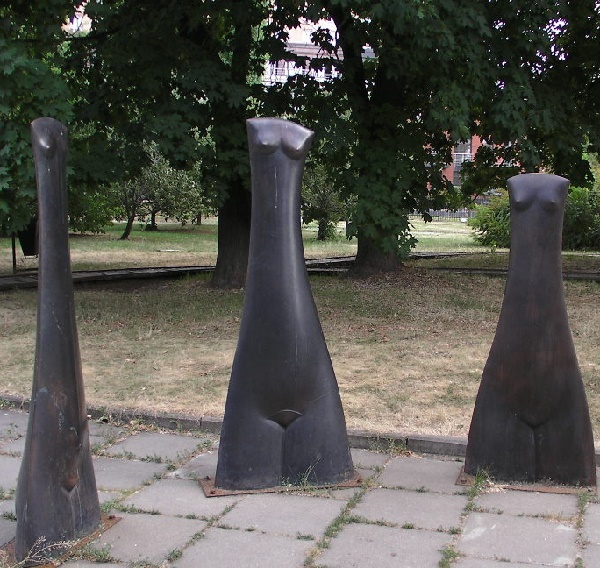
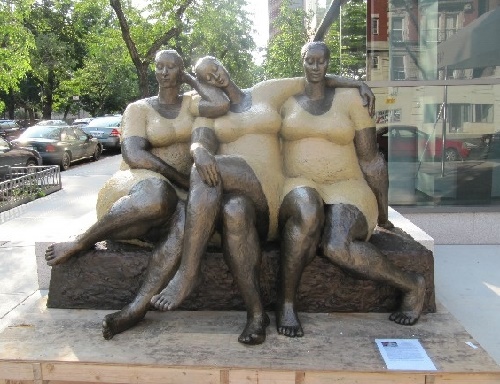

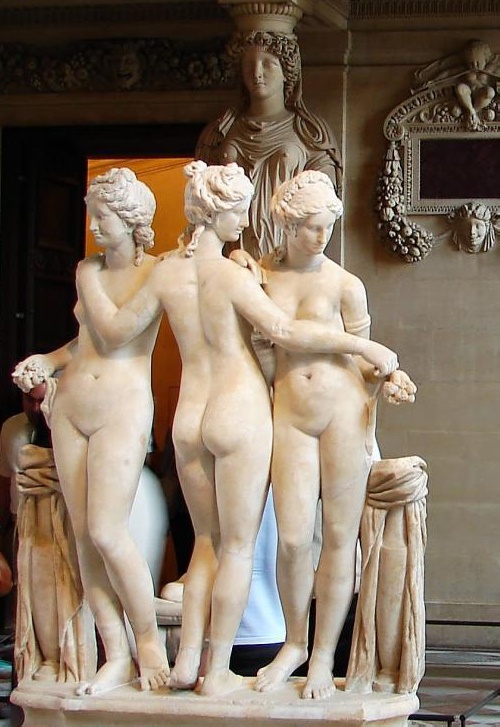






sources of images
liveinternet.ru
antik-forum.ru




